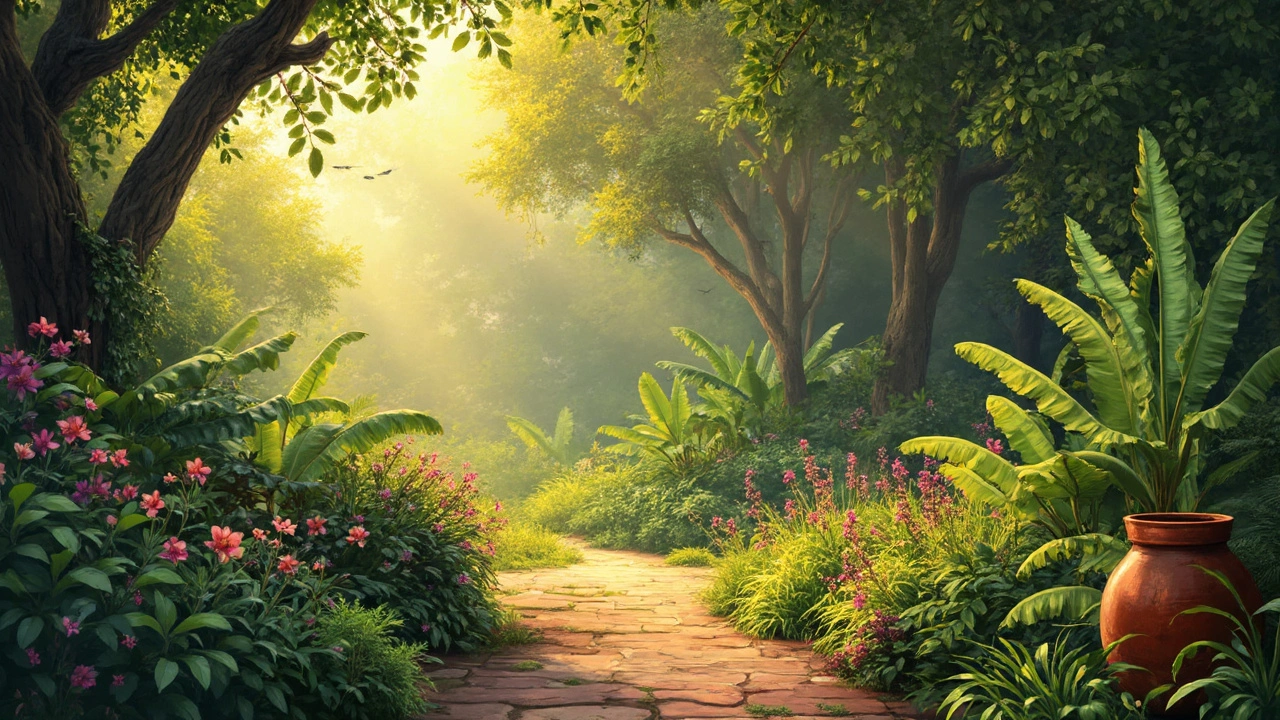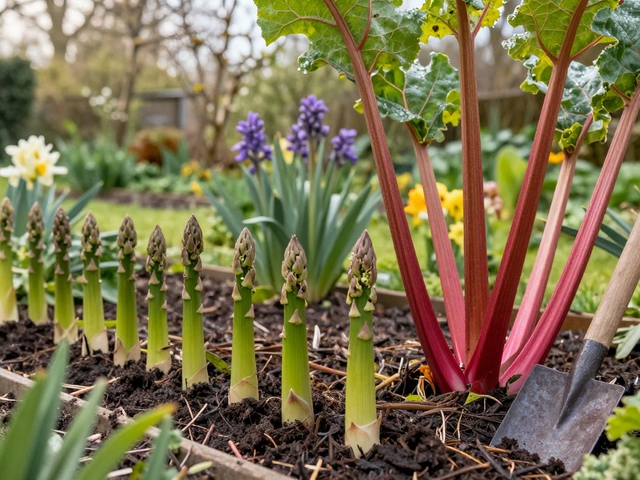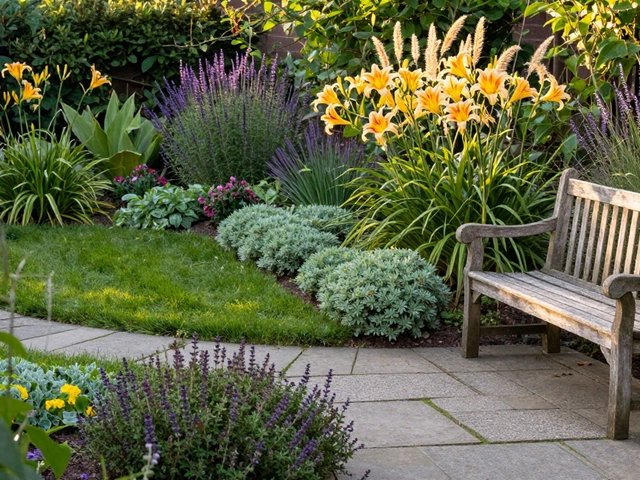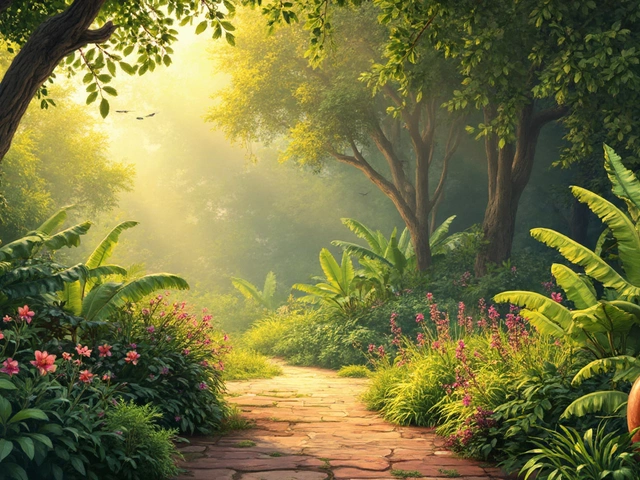If you've ever strolled through a friend's garden and marveled at how green and alive everything feels, you're not alone. But keeping a garden sustainable is a whole different ball game. So, what plant gets the gold medal in sustainability? Hands down, the champion has to be perennials. These plants are not just a feast for the eyes but for the planet too.
Perennials come back year after year, reducing the need to buy new plants each season—total win for your wallet and Mother Earth. Plus, they adapt easily to local conditions, meaning fewer resources like water and fertilizers. Ever heard of xeriscaping? It's all about using plants, like native perennials, that can handle droughts with grace. And let's not forget their role in soil health. Perennials have deep root systems that help keep soil erosion at bay, enhancing the soil structure over time.
Keen on taking your green game to the next level? Stick around as we dig into why these plants are rock stars of the garden and how you can make the most of them right in your backyard.
- Identifying the Top Contender
- The Magic of Perennials
- Low-Water Wonders
- Soil Health Heroes
- Bonus Tips for Sustainable Gardening
Identifying the Top Contender
When it comes to picking the most sustainable plant for your garden, it's all about going native. Yep, native plants are the rock stars in eco-friendliness! They’re perfectly adapted to local climates and soil types, so you can kiss constant watering and fertilizing goodbye. Not to mention, these plants are powerhouse supporters of local wildlife.
Take a look at the mighty sunflowers. Apart from brightening up your space, they thrive with minimal care and are champions of pollination, aiding bees and butterflies. And don’t forget about the good ol’ lavender. Its drought-resistant nature and ability to deter pests make it a favorite among sustainable gardeners. Plus, its lovely scent is a definite bonus!
If you're keen on covering more ground (literally), consider grasses like switchgrass. This native option requires minimal upkeep and provides fantastic cover for small critters and soil conservation.
Choosing region-appropriate native plants is like saying a big yes to flourishing biodiversity and a big no to high maintenance. Want some direction? Check with local garden centers or nature websites to spot what’s native to your area.
To paint a clearer picture, here's a quick snapshot of how native perennials stack up in the sustainability race:
| Plant Type | Water Needs | Wildlife Support |
|---|---|---|
| Sunflowers | Low | High |
| Lavender | Very Low | Moderate |
| Switchgrass | Minimal | High |
Incorporating native plants into your garden isn't just a treat for the eyes; it's a win-win for your local environment and gardening peace of mind.
The Magic of Perennials
So, what's the big deal about perennials? These plants are an absolute game-changer for anyone interested in sustainable gardening. They live for more than two years, unlike annuals that need replanting each season. This means you're already cutting down on the time and resources required for replanting.
One major plus? Perennials are pros at water conservation. Their deep-root systems allow them to access water far below the surface, which makes them awesome low-maintenance gardening choices in areas prone to drought. Not only do they save water, but they also help stabilize soil by preventing erosion.
Ever thought about a plant that could support local wildlife? Perennials are perfect for this! Many native perennials have co-evolved with local fauna, offering both food and shelter to birds, bees, and butterflies. So, when you're planting perennials, you're boosting biodiversity too.
Here are some of the top-performing perennials you might consider:
- Lavender: Known for its calming scent, lavender is also great for pollinators and prefers dry conditions.
- Black-eyed Susan: This classic flower is low-maintenance and resistant to deer.
- Daylilies: With vibrant blooms, they're almost foolproof and thrive in various conditions.
In a study about eco-friendly plants, it was noted that gardens with a mix of perennial plant species tend to have richer soil quality than those with predominantly annuals. So, you're not just planting a garden; you're creating a sustainable future right in your yard.
Thinking of starting your own sustainable haven? Swap out some of your water-guzzling plants for hardy, beautiful perennials, and watch as your garden becomes a self-sufficient ecosystem!

Low-Water Wonders
Have you ever wondered if your garden could stop guzzling all that water? Let's talk about low-maintenance gardening with plants that hardly need any H2O once they're settled in. Enter the world of succulents, lavender, and sage—these plants are practically the camels of the plant kingdom, thriving on very little water.
Succulents like aloe and sedum can store water in their leaves, allowing them to go through long periods without a drink. They're perfect for people who want stunning plants without a hefty water bill. Lavender, on the other hand, isn't just for relaxing teas and fancy soaps. This eco-friendly plant stands up well against dry spells and loves sun-filled days.
Here's a pro tip: When you're planning your garden layout, group the thirsty plants together, and keep these low-water wonders separate. This way, you can water only the areas that need it without soaking everything else.
Want some cold, hard facts to back this up? Check out this quick snapshot of water needs for some popular plants:
| Plant | Water Requirement |
|---|---|
| Aloe | Once a month |
| Lavender | Every 2-3 weeks |
| Sage | Every 2 weeks |
By choosing these hardy low-water wonders, you're not only cutting down on your water usage but also making your garden more sustainable. It's a win-win for you and the planet!
Soil Health Heroes
When it comes to keeping your garden soil in tip-top shape, perennials are like unsung heroes. They get down to business with their deep-root systems, enhancing soil structure and preventing erosion. Really, it's like having a built-in support team underground.
One of the coolest things about perennials is how they work overtime to ensure that the soil retains its organic matter. This means you'll notice better water retention and nutrient availability, making your gardening efforts more sustainable. Think of it as the garden world version of a win-win.
Plants like clover and alfalfa are perfect examples. They do this neat trick called nitrogen-fixing, where they pull nitrogen from the air and put it back into the soil. This natural fertilizing process reduces the need for chemical fertilizers and keeps the garden eco-friendly.
And if you're worried about soil compaction (you don't want soil squeezed so tight it can't breathe), these plants have you covered. Their roots break up the compacted soil layers, allowing air and water to move freely, which is crucial for healthy plant growth.
Another perk? Perennials keep the soil covered throughout the year, acting like a natural blanket against harsh weather. A bare soil patch invites weeds and erosion, but perennials make sure that doesn't happen.
Curious about any numbers? Some studies show that implementing perennial cover crops can boost soil organic matter by 40%, which is no small feat! Adding organic matter not only supports plant life but also helps reduce carbon footprint by sequestering carbon in the soil, making perennials a solid choice for those interested in sustainable gardening.
So next time you're deciding what to plant, think of perennials as your go-to for healthier soil. Your garden will thank you, and so will the planet!
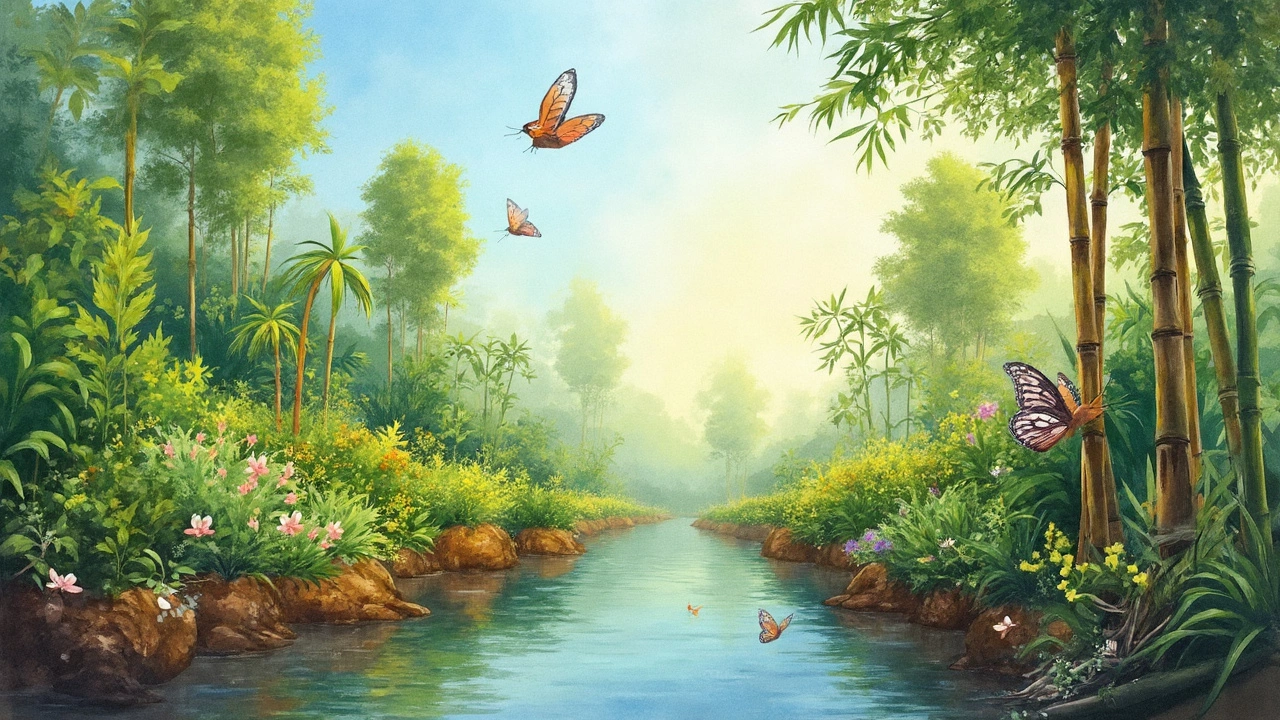
Bonus Tips for Sustainable Gardening
So, you're ready to make your garden as eco-friendly as possible? Awesome! Here are some easy-peasy ways to level up your sustainable gardening game.
First off, consider rainwater harvesting. It's as simple as getting a rain barrel. This way, you're collecting water Mother Nature sends and using it for your thirsty plants, cutting down on water bills and being kind to nature.
Next, mulching is your new best friend. It helps keep weeds at bay, locks in moisture, and slowly breaks down to feed your soil with nutrients. Use organic mulch like wood chips or shredded leaves—it’s cheap and good for the garden.
When it comes to picking plants, go local! Native plants are low-maintenance champs because they've evolved to thrive in your area’s conditions. Plus, they support local wildlife by providing food and shelter.
If you're eyeing new plant babies, swap with friends or check local plant swaps. It’s a cool way to get new plants without shelling out cash while keeping your garden diverse.
Let’s talk compost. Scraps from your kitchen aren’t just trash—they’re garden gold! Composting helps recycle nutrients back to the soil, reduces waste, and you get free, rich fertilizer in return. Win-win!
Lastly, don’t forget the critters. Encourage beneficial insects by having a variety of plants. Ladybugs and bees are natural helpers, so the more, the merrier.
By following these eco-friendly tips, you’re not just growing a garden; you’re building a tiny ecosystem that supports life and helps the planet. And honestly, that's pretty fantastic!
